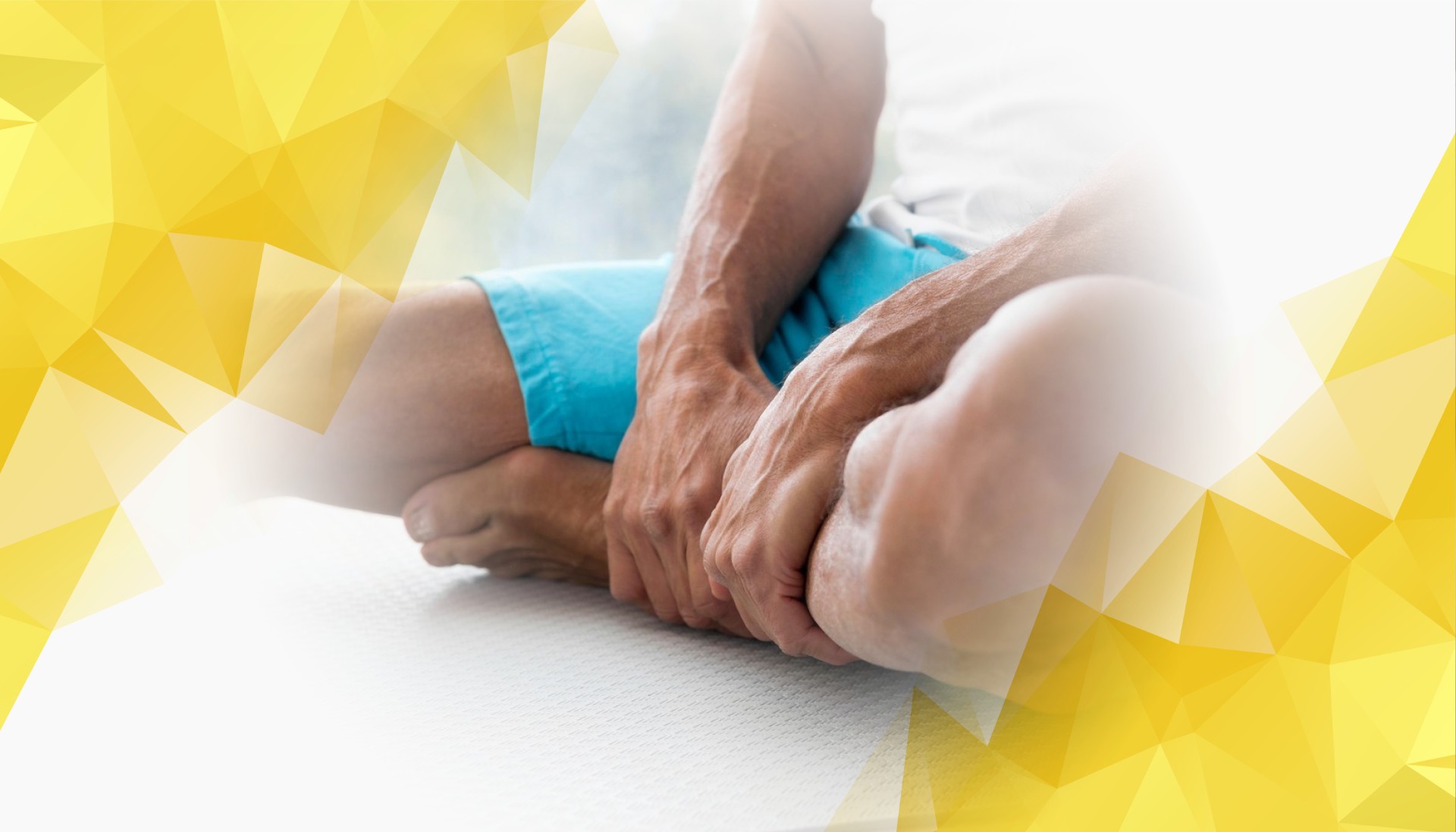As knee replacement surgeries become more common, it’s increasingly important to address muscle weakness and poor joint function before surgery—factors that can slow down recovery. Prehabilitation , or “prehab,” is an approach that helps patients prepare physically for surgery by improving strength and movement in advance. MAI Motion ’s markerless motion-capture system has brought a fresh, objective way to assess how joints and muscles perform, all without the hassle of traditional bulky equipment. In this article, we look at how baseline data from MAI Motion helps design personalised strength training plans and set realistic recovery goals, making the journey to surgery smoother and more effective.
Why Prehabilitation Matters
Prehabilitation plays a crucial role in reducing complications and speeding up the return to normal function after knee replacement surgery . Traditional assessments, like the five-times sit-to-stand test , are often challenging for patients experiencing pain or fatigue, which can limit their usefulness. Recent findings suggest that a simplified three-repetition version is easier for patients and still clinically valuable. By focusing on building lower limb strength and improving neuromuscular coordination before surgery, prehab can help reduce postoperative pain and get patients moving sooner. A patient-centered approach—setting clear, achievable goals—also helps patients stay engaged and motivated throughout their recovery.
Objective Assessment with MAI Motion
MAI Motion ’s system records detailed, three-dimensional movements of the knee , hip, and ankle during sit-to-stand activities. It captures key metrics such as joint angles, angular impulse (how quickly joints move), range of motion, and movement consistency. Unlike traditional motion-capture tools, this technology delivers reliable, objective data without requiring the patient to wear markers or special equipment. These baseline measurements offer a snapshot of each patient’s current abilities, giving therapists the information they need to craft truly personalised prehab plans that target each individual’s strengths and weaknesses.
Building a Personalised Strength Programme
With insights from MAI Motion , clinicians can create focused and manageable strength programmes tailored to each patient. For example, a simple three-repetition sit-to-stand test can monitor knee extensor power—essential for standing and walking. Based on these results, targeted exercises like seated leg raises and mini-squats can be prescribed and adjusted according to the patient’s baseline. The programme gradually progresses in intensity, following the principle of progressive overload, to continually challenge and strengthen the muscles. Since the three-repetition sit-to-stand test is less tiring and time-consuming, patients are more likely to complete their prehab routines and stick with the plan.
Additionally, the markerless nature of MAI Motion ensures these assessments reflect natural movement, providing trustworthy data in a real-world context and making the approach especially user-friendly for both clinicians and patients.
Setting Expectations and Tracking Progress
Communication and ongoing monitoring are key to successful prehabilitation . With objective movement data from MAI Motion , clinicians can set achievable goals and manage expectations with patients from the outset. MAI Motion ’s mobile app even makes it possible to monitor progress remotely, so patients can stay on track between clinic visits and clinicians can adjust exercise plans as needed. Regular reassessments—every two weeks, for example—keep the programme relevant and allow for adjustments based on real improvements. This continuous feedback not only keeps patients motivated but ensures the prehab plan is always optimally aligned with their progress.
Tracking ranges of motion and other movement data over time can help identify subtle changes in gait or function, giving clinicians early insights into recovery progress. These digital biomarkers provide a valuable way to measure the success of both surgical treatment and rehabilitation.
Conclusion
MAI Motion prehabilitation combines cutting-edge, objective measurement with personalised training plans and convenient remote tracking to boost outcomes for knee replacement patients . By integrating MAI Motion into pre-surgery care, physiotherapists and surgical teams can reduce complications, build patient confidence, and help people get back on their feet faster. Making MAI Motion prehab a standard part of knee surgery preparation has the potential to transform patient care—setting a new standard for faster, more successful recoveries.
References
Armstrong, K., Zhang, L., Wen, Y., Willmott, A. P., Lee, P., & Ye, X. (2024). A marker-less human motion analysis system for motion-based biomarker identification and quantification in knee disorders. Frontiers in Digital Health, . https://doi.org/10.3389/fdgth.2024.1324511
Wen, Y., Armstrong, K., Zhang, L., Ye, X., & Lee, P. (2022). Novel clinical applications of marker-less motion capture as a low-cost human motion analysis method in the detection and treatment of knee osteoarthritis. , , . https://doi.org/10.4172/2167-7921.2022.11.053
Yan Wen, Tanvi Verma, Jonathan P. Whitehead, & Paul Lee. (2025). Empirical Validation of a Streamlined Three-Repetition Sit-to-Stand Protocol Using MAI Motion. Applied Sciences, 15(10), 5688. https://doi.org/10.3390/app15105688

